 Murphy’s Law states that if something can go wrong, it will go wrong, and it’s a law that could have been written with the construction industry in mind! There are so many moving parts, activities, and different players all working on a location that has potential hazards around every corner.
Murphy’s Law states that if something can go wrong, it will go wrong, and it’s a law that could have been written with the construction industry in mind! There are so many moving parts, activities, and different players all working on a location that has potential hazards around every corner.
So it’s essential that you ensure that you have proper construction and contractor insurance coverage to protect your business. Major losses can do more than just set your business back; they can put you out of business.
Here are four guidelines to minimize your contractor insurance losses:
1 - Carefully Inspect All Insurance Certificates
Every subcontractor you hire should provide certificates that prove they have the necessary insurance coverages, but it’s also important to thoroughly inspect these certificates, which provide only the bare minimum information such as the carrier and the limits of the insurance.
You should have a broker such as American Insuring Group who specializes in contractors’ insurance review all your subcontractors’ policies to ensure that there is enough coverage to protect you if that subcontractor causes an injury or damage and a claim is filed.
Subcontractors often try to save money by purchasing the least expensive insurance available, so you may want to require specific coverage limits, types of coverage, and exclusions based on the scope of work the contractor will be performing and the size of the project.
2 - Force Subcontractors to Take Some of the Responsibility
It’s always a good idea to have a contract in place that clearly states who is responsible for what before something happens including hold harmless or indemnity agreements to protect you from losses.
In addition, the written contract should state that a subcontractor is responsible for some portion of the deductible if they are in any way responsible for any losses. You can also shift some of your losses onto their insurance policies by requiring them to name your company as an additional insured on their policies.
3 - Consider Wrap-up Insurance
When you work on large-scale projects with dozens of subcontractors, it can become overwhelming to keep track of all the different insurance policies involved. This is a good time to consider purchasing General Liability Wrap-Up Insurance. This type of policy protects the owner, general contractor, and all enrolled subcontractors working on the project.
It can be purchased by either the owner or general contractor and is generally used for residential projects with construction costs starting at $10 million and commercial projects starting at $20 million. Wrap-up Insurance can provide cost savings, better control of insurance coverages, and the peace of mind that your business is appropriately protected in the event of a loss. Additional policies can be purchased for excess liability, professional liability, builder’s risk, and pollution liability.
Since the owner or general contractor covers the cost of Wrap-Up Insurance, you can help offset that cost by having subcontractors contribute to the cost of the insurance through bid deductions.
4 - Think Twice About Cost-Cutting Measures
The cost of liability insurance is based on the cost of the project, so it may be tempting to bring the cost of the project down by using cheaper materials. However, it’s important to remember that inferior materials can add to your losses because they’re more likely to wear out earlier, break, or malfunction in some way. You’ll want to weigh the cost savings with the risk.
Working With The Right Insurance Agency is Key - Contact Us Today!
As you know, every project is unique. That’s why it’s so important to work with an insurance agent who specializes in contractors insurance and knows how to see that you’re adequately insured and protected. Give American Insuring Group a call at (610) 775-3848 or (800) 947-1270 or contact us online to speak with one of our contractors’ insurance specialists.



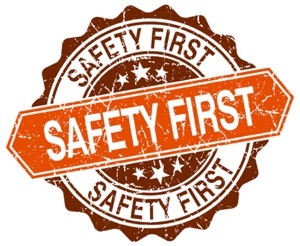 We talk a lot about safety on this blog, but the truth is that reducing and preventing the number of injuries in the workplace, is one of the best ways to
We talk a lot about safety on this blog, but the truth is that reducing and preventing the number of injuries in the workplace, is one of the best ways to Risk management is part of any successful business, and it is especially true in an industry fraught with as many dangers as construction. Accidents that cause injury, damage, or death occur on worksites across the country every day.
Risk management is part of any successful business, and it is especially true in an industry fraught with as many dangers as construction. Accidents that cause injury, damage, or death occur on worksites across the country every day. Accidents happen, but the right insurance will help protect your business. For more information about contractor insurance and any time of business insurance you may need, contact American Insuring Group at
Accidents happen, but the right insurance will help protect your business. For more information about contractor insurance and any time of business insurance you may need, contact American Insuring Group at 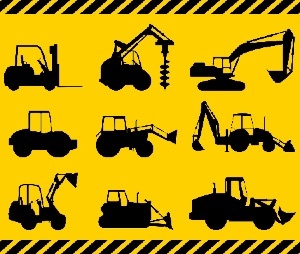 Whenever the Bureau of Labor Statistics (BLS) releases its list of the deadliest jobs in America, some type of construction work is on that list.
Whenever the Bureau of Labor Statistics (BLS) releases its list of the deadliest jobs in America, some type of construction work is on that list.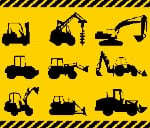 Unfortunately, accidents still happen, but the right insurance can help protect you and your employees if an injury does occur.
Unfortunately, accidents still happen, but the right insurance can help protect you and your employees if an injury does occur.  Having the protection offered by contractor’s Insurance just makes good business sense. Without it, one nasty lawsuit could put you out of business and your employees out of work. And don’t forget: some state and federal laws require certain types of insurance.
Having the protection offered by contractor’s Insurance just makes good business sense. Without it, one nasty lawsuit could put you out of business and your employees out of work. And don’t forget: some state and federal laws require certain types of insurance. As an insurance broker, American Insuring Group specializes in contractors insurance. We can ensure that you have insurance required by law, help you determine risks specific to your industry, and create the best insurance bundle to protect your business, all at a great price. Even Goldilocks would find our insurance to be "just right"!
As an insurance broker, American Insuring Group specializes in contractors insurance. We can ensure that you have insurance required by law, help you determine risks specific to your industry, and create the best insurance bundle to protect your business, all at a great price. Even Goldilocks would find our insurance to be "just right"! The construction industry is booming – both new construction and remodeling - and it looks as if that trend will continue. Construction has a 4.5% projected growth rate over the next five years.
The construction industry is booming – both new construction and remodeling - and it looks as if that trend will continue. Construction has a 4.5% projected growth rate over the next five years.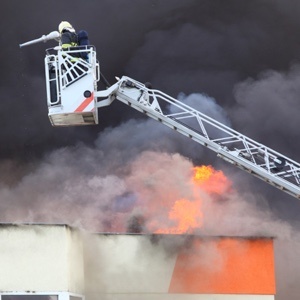 Contractors, how confident are you in your
Contractors, how confident are you in your  Call our experienced independent agents at American Insuring Group at
Call our experienced independent agents at American Insuring Group at 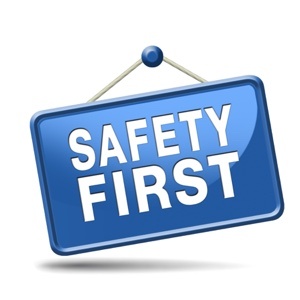 In 2015,
In 2015,  If you own a construction company, the chances are good that you subcontract some or all of the work to another party. You can (and should) do your due diligence to ensure that any subcontractor you hire has a reputation for doing a good job safely. However, it’s impossible to foresee all of the potential financial and operational risks that may arise with a project, particularly with a third-party.
If you own a construction company, the chances are good that you subcontract some or all of the work to another party. You can (and should) do your due diligence to ensure that any subcontractor you hire has a reputation for doing a good job safely. However, it’s impossible to foresee all of the potential financial and operational risks that may arise with a project, particularly with a third-party.  To learn more about protecting your business,
To learn more about protecting your business, 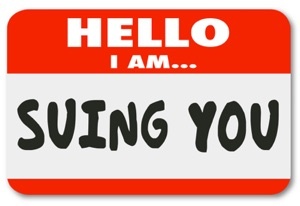 We live in a litigious society, and no matter how careful you are or how small your business is, you may find yourself at the wrong end of a lawsuit. Every year more than 100 million lawsuits are filed in the U.S. every year, according to
We live in a litigious society, and no matter how careful you are or how small your business is, you may find yourself at the wrong end of a lawsuit. Every year more than 100 million lawsuits are filed in the U.S. every year, according to 



